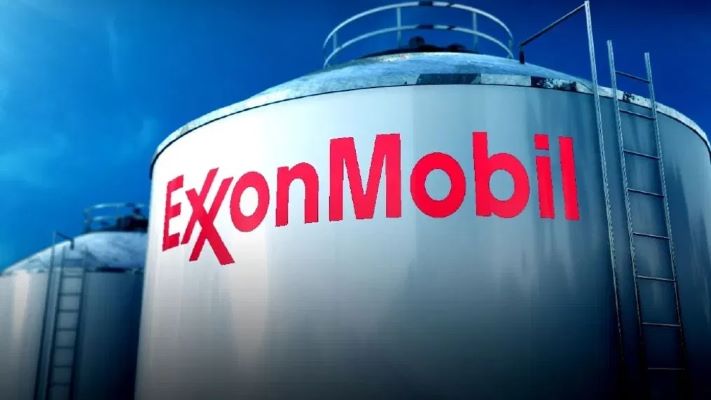Total annual capital expenditures and exploration expense of $23 billion to $25 billion in 2024 and $22 billion to $27 billion annually from 2025 through 2027

Exxon Mobil said that it expects earnings to more than double through 2027 relative to 2019 as the energy giant moves forward with a slew of cost-cutting measures. The company said that it is on track to deliver ~$14 billion of further earnings and cash flow growth potential over the next four years. It expects capital investments to generate average returns of ~30%, with payback periods less than 10 years for greater than 90% of the capex. The company is also pursuing more than $20 billion in lower emissions opportunities, up $3 billion.
Since 2019, solid execution of ExxonMobil’s strategy has increased the earnings power of the corporation, adding about $10 billion to its annual earnings and cash flow at a real Brent price of $60 per barrel.
“By any measure, our plans have and will continue to deliver exceptional value,” said Darren Woods, chairman and chief executive officer. “We remain committed to providing the energy and products that raise living standards around the world while building a new business to reduce emissions in hard-to-decarbonize parts of the economy. ExxonMobil is uniquely equipped to do both, and we’re confident that both present significant opportunities for profitable growth.”
The company also announced it intends to deliver $6 billion in additional structural cost reductions by year-end 2027, bringing the total structural cost savings to approximately $15 billion versus 2019.
According to the company, upstream earnings potential is on track to more than double by 2027 versus 2019, resulting from investments in high-return, low-cost-of-supply projects. The company expects oil and gas production in 2024 to be about 3.8 million oil-equivalent barrels per day, rising to about 4.2 million oil-equivalent barrels per day by 2027, driven by growth in the Permian and Guyana.
Product Solutions is leveraging scale and technology advantages to nearly triple earnings potential by 2027 vs. 2019. Earnings growth is being delivered through structural cost reductions, strategic project execution that will double sales of high-value products, and other earnings improvements such as higher reliability, more efficient maintenance, facility optimization projects, and commercial improvements including trading.
The portfolio value is being continuously upgraded through divestments of non-strategic assets and continued investment in advantaged sites to increase high-value products such as the recent chemical expansion in Baytown.
Exxon anticipates total annual capital expenditures and exploration expense of $23 billion to $25 billion in 2024 and $22 billion to $27 billion annually from 2025 through 2027, generating an average return of approximately 30%. Greater than 90% of the capex has payback periods less than 10 years. The increase in capex beginning in 2025 is driven by the growth in value-accretive Low Carbon Solutions opportunities to reduce emissions.
Increased cash flow and earnings enable further surplus cash generation and increased shareholder distributions. The company remains on track to complete $17.5 billion in share repurchases in 2023 as part of the $35 billion repurchase program previously announced for 2023 and 2024. After the Pioneer merger closes, the go-forward pace of the program in 2024 will be increased to $20 billion annually through 2025, assuming reasonable market conditions.
ExxonMobil is pursuing more than $20 billion of lower-emissions opportunities through 2027, which represents the third increase in the last three years, from an initial $3 billion in projects identified in early 2021. This is in addition to the company’s recent $5 billion all-stock acquisition of Denbury, which expanded carbon capture and storage opportunities through access to the largest CO2 pipeline network in the United States.
The company is pursuing a portfolio of opportunities in lithium, hydrogen, biofuels, and carbon capture and storage that in aggregate is expected to generate returns of approximately 15% and could reduce third-party emissions by more than 50 Mta by 2030.
“We continue to see more opportunities to harness our technology, scale, and capabilities to implement real solutions to lower emissions and to profitably grow our Low Carbon Solutions business,” added Woods.
Subscribe to our newsletter & stay updated.